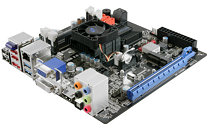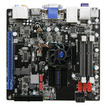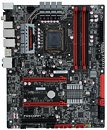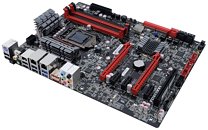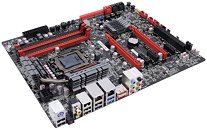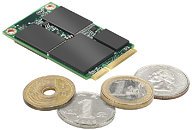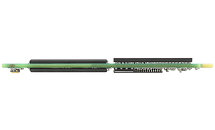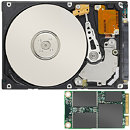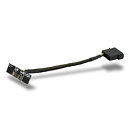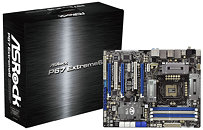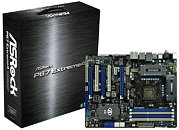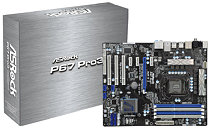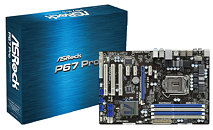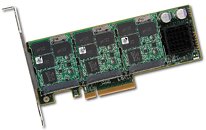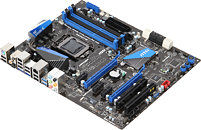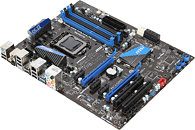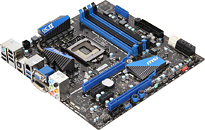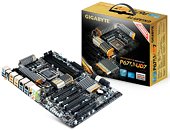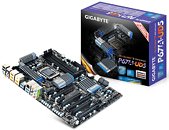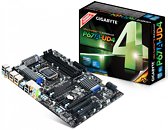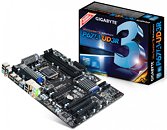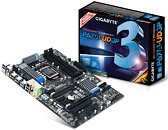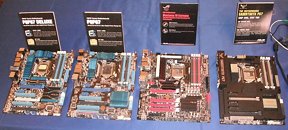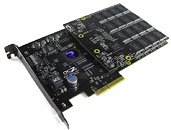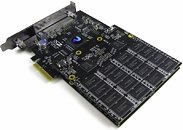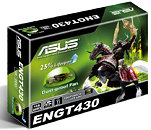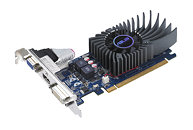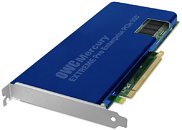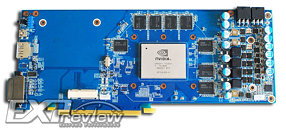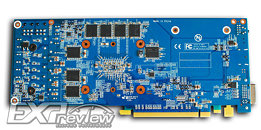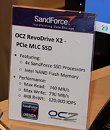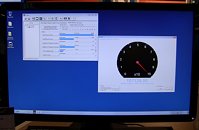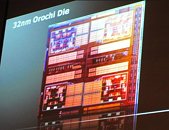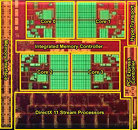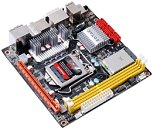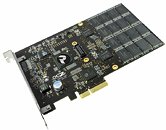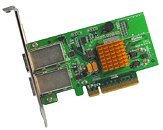
Sapphire Announces the First Fusion APU Motherboard
SAPPHIRE Technology, the world's largest manufacturer and supplier of graphics systems based on technology from AMD has just announced its first mainboard based on the exciting new APU (Accelerated Processing Unit) architecture from AMD. As a result of close collaboration with AMD, SAPPHIRE will introduce the SAPPHIRE Pure White Fusion E350M1W mainboard through its Global channel - heralding a new generation of low-power, fully featured PC solutions.
The SAPPHIRE Pure White Fusion E350M1W is a mini-ITX mainboard featuring the E350 (Zacate) APU from AMD. Zacate is the first generation of APU - a combination of CPU and GPU computing technologies onto a single die to improve the performance of both visual and data-intensive tasks. For the first time it combines high-performance serial computing and parallel graphics processing cores on a single chip. The SAPPHIRE Pure White Fusion E350M1W also uses the companion Hudson-M1 (A50M) Chip from AMD.
The SAPPHIRE Pure White Fusion E350M1W is a mini-ITX mainboard featuring the E350 (Zacate) APU from AMD. Zacate is the first generation of APU - a combination of CPU and GPU computing technologies onto a single die to improve the performance of both visual and data-intensive tasks. For the first time it combines high-performance serial computing and parallel graphics processing cores on a single chip. The SAPPHIRE Pure White Fusion E350M1W also uses the companion Hudson-M1 (A50M) Chip from AMD.
